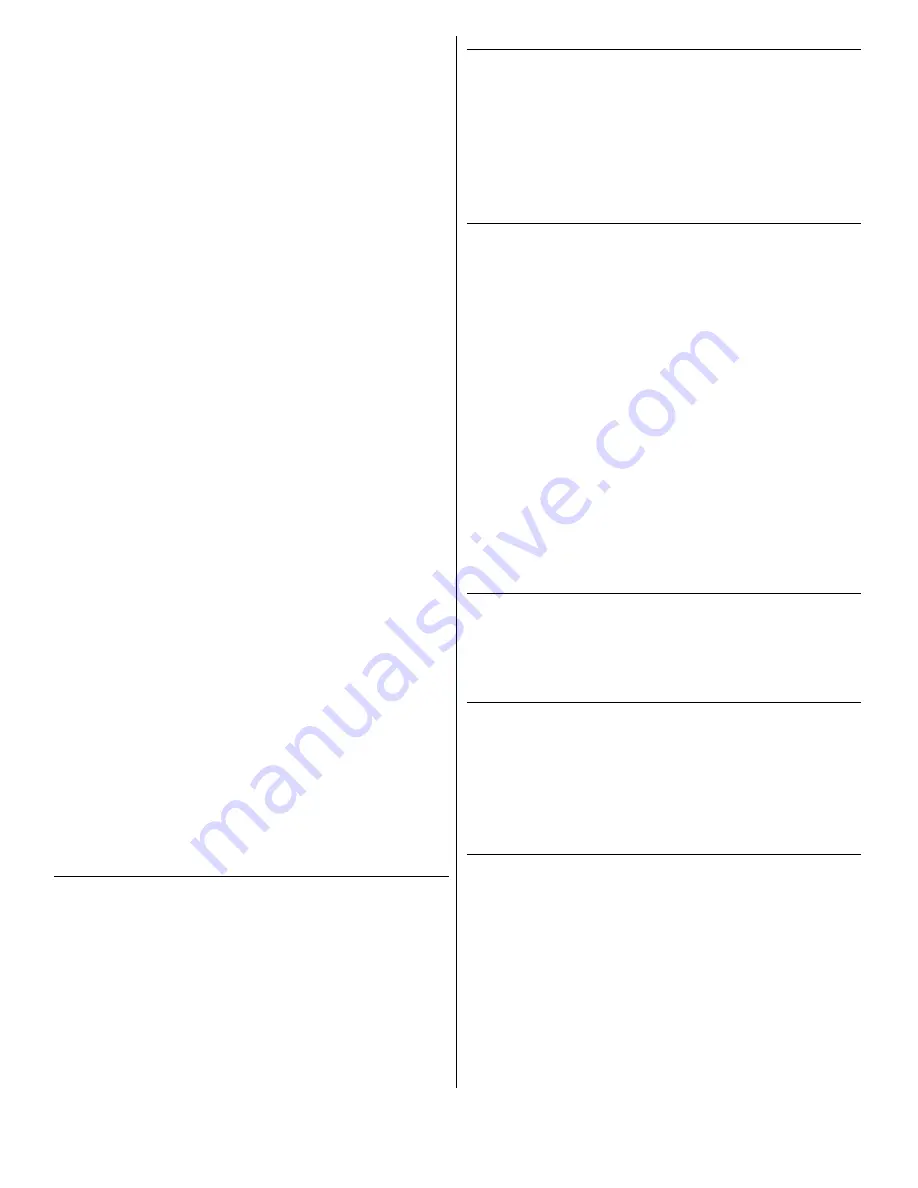
- 6 -
C A U T I O N :
Recharging must be done with the cell plugs removed
and the cover of the machine open. The recharging
process generates gasses, which can be explosive in
confined spaces. Only recharge in a well-ventilated
a r e a .
C A U T I O N :
When working on or around batteries, wear protective
clothing and safety glasses. Remove metal jewelry.
Do not lay tools or metal objects on top of batteries.
C A U T I O N :
Do not smoke or expose open flames or sparks in the
vicinity of the batteries (portable grinders,
welders, etc.).
C A U T I O N :
Do not draw current from the batteries using jumper
cables or other forms of temporary connections.
C A U T I O N :
Charging batteries generate explosive gasses.
NO SMOKING OR OPEN FLAMES OR SPARKS. Make
sure the charger has turned off before disconnecting
it from the batteries. Charge the batteries in a
well-ventilated area with the tanks in the raised
and locked position.
1. Park the PAS40R on a flat and level floor and engage the
parking break.
2. Recharge the batteries in a well-ventilated area and with the
cover fixed in the open position.
3. To install the batteries, apply a coating of Vaseline to the
terminals and connect the terminals. Make sure the terminals
are securely tightened.
4. The charger is provided with a cable for connection to the
mains, normally 120 V 50 Hz. Make sure the supply voltage is
the same as that indicated on the battery charger itself.
5. To charge the batteries, connect the (M5) connector, which
comes directly from the battery compartment, to the battery
charger connector.
6. The charger will automatically regulate the charging current
and will turn itself off when the batteries are recharged.
7. The charger must be switched off before disconnecting it
from the batteries.
Solution Ta n k
The solution tank is located at the back of the machine. The dual
(M1) caps provide easy access for re-filling on either side of the
machine. The solution tank capacity is 44 gallons. Use only the
quantity and dilution ratios recommended by the chemical suppli-
er and use only non-foaming chemicals.
To completely drain the solution tank, connect the supplied
(M25) pipe to the drainage tap (M26). Before filling the solution
tank, the recovery tank should be emptied.
Recovery Ta n k
The recovery tank should be emptied at the end of each job to
prevent settling of the recovered waste products. To drain the
recovery tank, detach the (M3) pipe at the top and open the rapid
drainage tap (M2). Collect the wastewater for disposal in compli-
ance with local environmental protection laws prescribed by the
country of use.
Wiper Blade
The floor squeegee serves to finish the drying operation. Level the
squeegee into the correct position by using the (M4) knobs so
that the black rubber strip is approximately 1 mm (convert)
above the floor. For proper drying, it is very important that the
squeegee is in the correct position.
The remaining para rubber strips must wipe the floor with a cer-
tain amount of pressure. The rubber wipers will adapt themselves,
after initial use, to the slope of the surface being cleaning and the
drying action will improve.
The pressure of the wipers on the floor is regulated by truning the
(M24) knob. When cleaning shiny or smooth floors and when
there are holes between tiles, it is advisable not to use the rear
(lowest) rubber wiper.
M a i n t e n a n c e
C A U T I O N :
Make sure the key switch is turned "OFF" and the
battery connector unplugged from the machine before
performing any maintenance procedures.
Solution Ta n k
The solution tank should be cleaned minimally every 6 months. To
drain the tank completely, fit the tube (M25) provided to the
rapid drainage tap (M26) and open the tap. When all solution is
drained, remove the flange (M2) and clean the internal filter
( M 3 1 ) .
Recovery Ta n k
The recovery tank should be emptied after each job. On a weekly
basis a more thorough cleaning is required. Remove the motor
lock ring (M2) and lift off the suction motor from its seat.
Carefully clean the filter, net and sponge, and remove the dirt
accumulated in the tank by water jetting. To ease operations
detach the discharge assembly (M2) by unscrewing the lateral
knobs. Before reassembling, carefully clean the housing of the bi-
angular bearing (M29).
NOTE: After every use, flush with clean water to extend life of
operating properly































